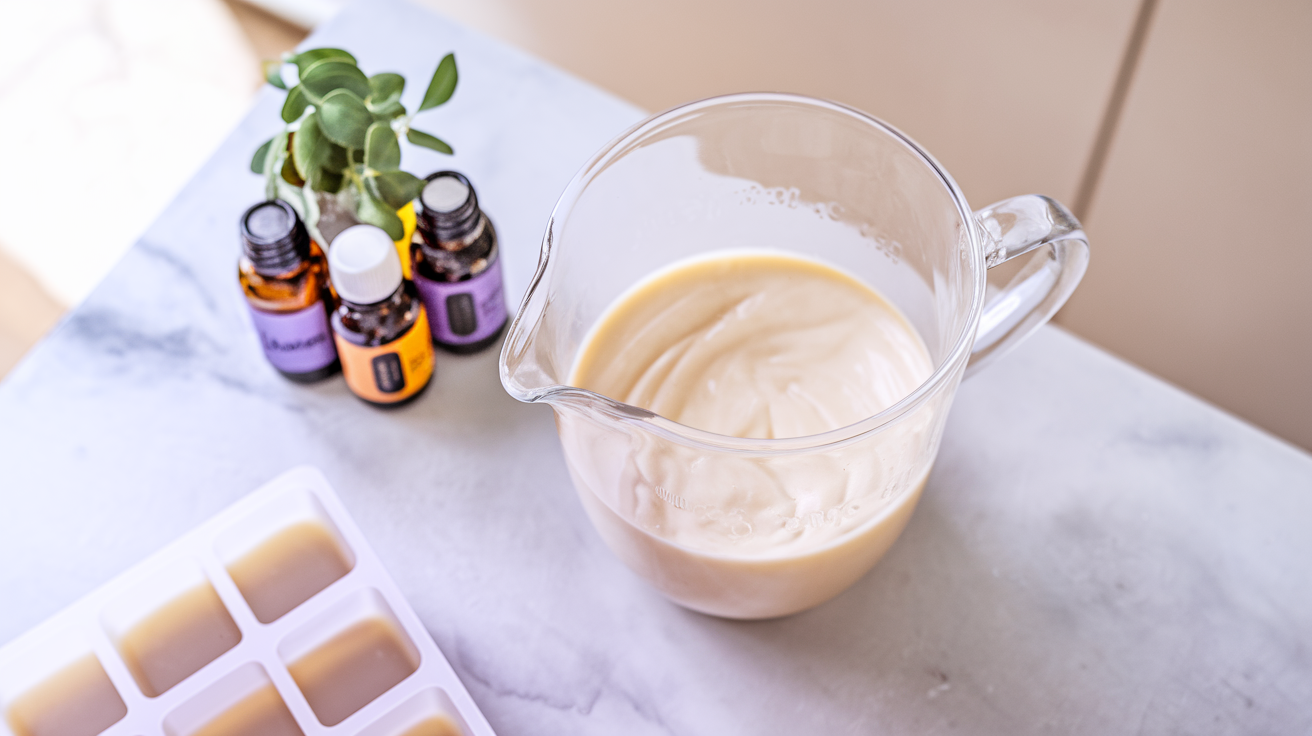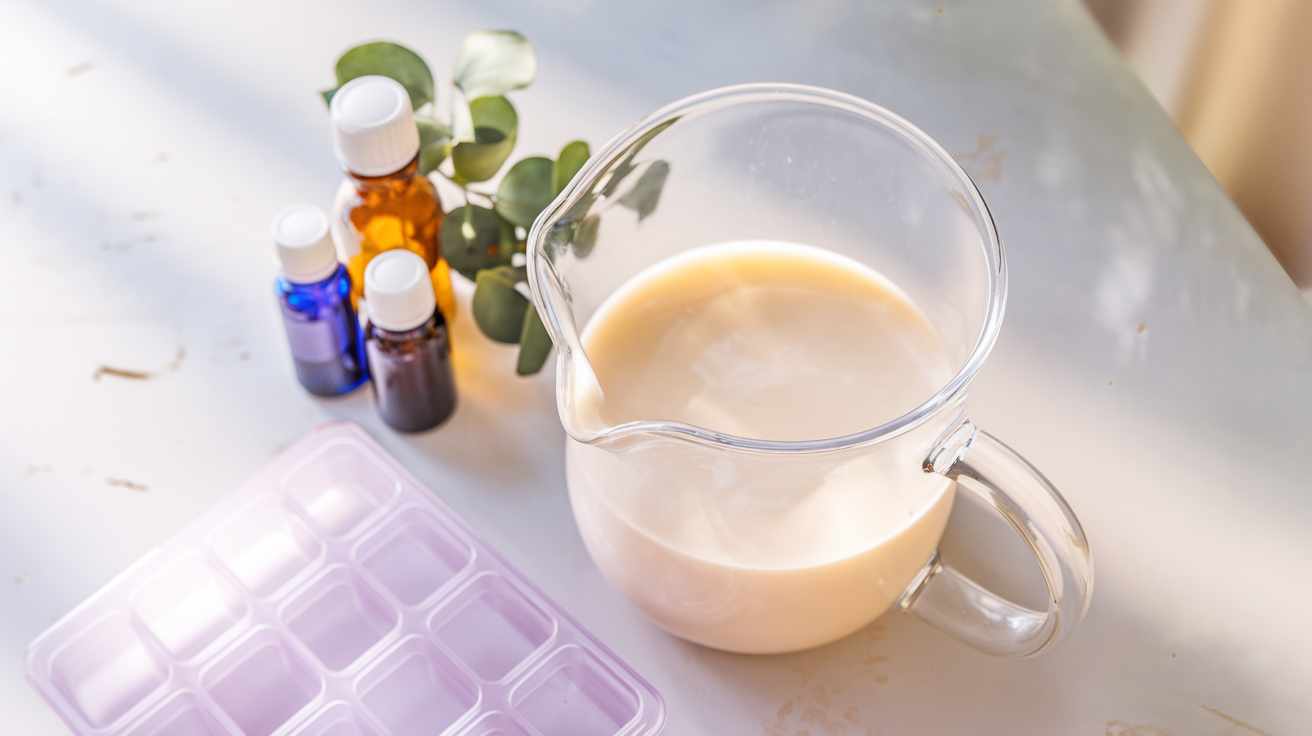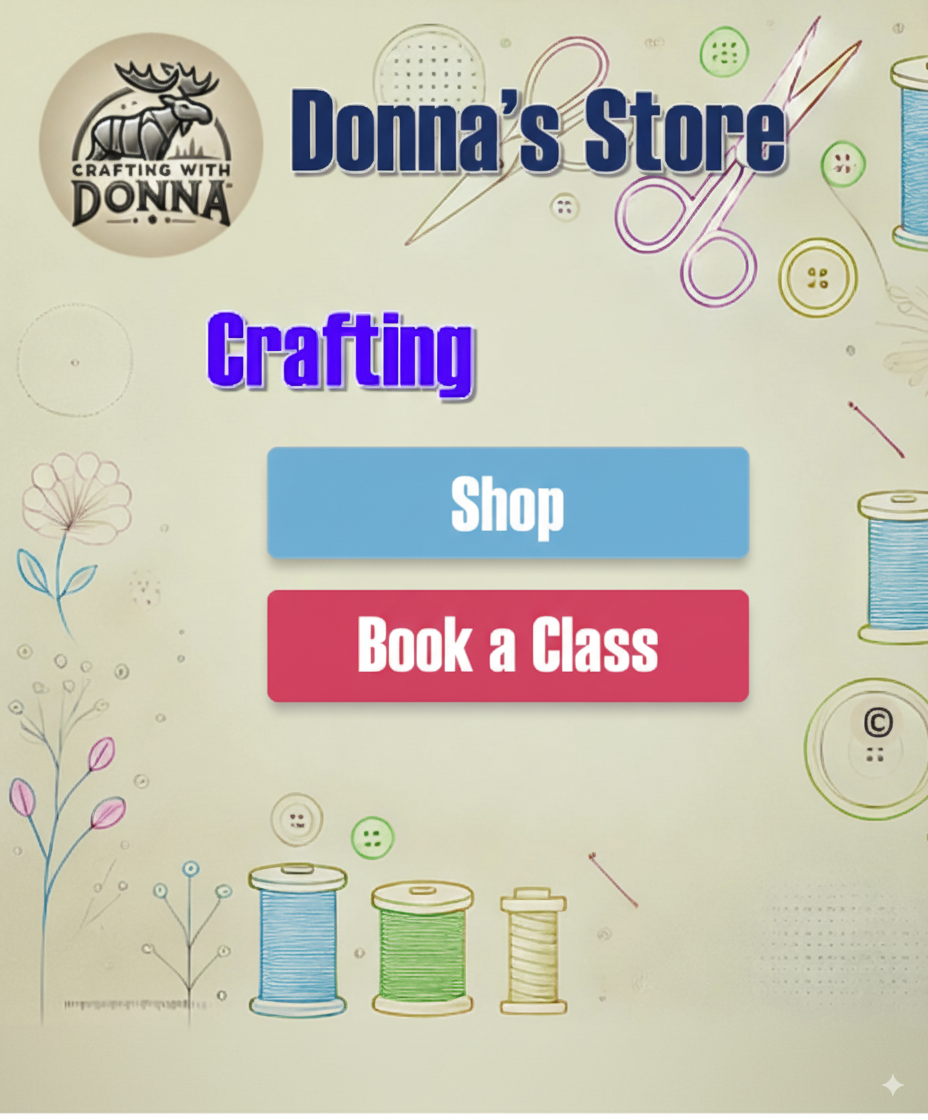Beginner Melt And Pour Soap Recipe With Essential Oils Easy

Crafting beautiful, skinfriendly bath products becomes an accessible adventure with melt and pour soapmaking. This beginner friendly method allows you to create custom soap using a pre-made soap base, infusing it with delightful essential oils and vibrant colors.
Forget about handling lye; this easy soap making process uses simple kitchen equipment and offers the satisfaction of homemade beauty creations that are ready to use in no time.
Dive into a world of creative projects and start your DIY soap journey today, enjoying a quick craft that’s both rewarding and delightfully aromatic.
What is Melt and Pour Soapmaking?
Melt and pour soapmaking offers a wonderfully simple introduction to the art of natural soap creation, sidestepping the complexities of traditional lye-based methods.
This hobbyist approach relies on a pre-made, cured soap base — readily available in varieties like shea butter soap or goat milk soap — which you simply melt and customize. It’s a fantastic way to get into artisanal soap without needing specialized tools or extensive knowledge.
Enjoy the simplicity of gentle melting, whether using a microwave or a double boiler, and then adding your chosen fragrance oils or essential oils and beautiful mica colorants or soap dye.
The Simplicity of Melt and Pour vs. Traditional Methods
Unlike traditional soapmaking, which involves precise measurements and careful handling of lye, melt and pour soapmaking skips these steps entirely, making it inherently no lye and truly beginner friendly.
You’re working with a finished product that’s already saponified, meaning the transformation into luxurious soap is primarily about scent and visual appeal rather than chemical reactions.
This makes it a perfect choice for anyone looking to dive into crafting without the steep learning curve.
For a truly smooth finish, a quick spritz of isopropyl alcohol helps with bubble removal.
Gentle Melting for Best Results
When working with your soap base, prioritizing gentle melting ensures its quality remains intact, preventing overheating which can degrade the soap. Using a double boiler provides the most consistent, mild heat, but a microwave can also be used with short bursts and frequent stirring.
This careful approach is key to preserving the integrity of your soap base and ensuring the final bars are of high quality. Remember to use foodsafe tools as the base is already safe to handle.
Immediate Enjoyment: No Curing Required
A significant advantage of melt and pour soapmaking is that your creations are ready to use almost immediately after they cool properly and you achieve unmolding.
There’s no waiting period for curing, unlike other soapmaking techniques.
This means your easy DIY project can be enjoyed or gifted very soon after you finish crafting.
This aspect makes it a particularly appealing fast soap making option. You’ll find that color customization and scent customization are incredibly straightforward, allowing for endless creative crafting possibilities.

Why choose natural soap
Natural soap provides nourishing ingredients that support vibrant, healthy skin from the very first wash. Unlike conventional bars that can contain harsh detergents, melt and pour soapmaking allows crafters to select pure, skin-friendly oils and butters, such as shea butter, known for its luxurious moisture and soothing care.
Plant-based ingredients retain essential vitamins and antioxidants, helping maintain balance and resilience even for sensitive or dry skin.
Choosing natural soap with essential oils sidesteps synthetic fragrances, reducing the risk of irritation and supporting overall skin wellness.
Environmentally, mindful choices—like sustainably sourced shea butter soap base—result in biodegradable, eco-conscious bars that are gentle on the planet as well as your skin. For first-time makers, shea butter offers both simplicity and premium skin benefits, providing a gentle introduction into the world of easy, creative DIY soap projects made with high-quality, unadulterated components.
Consider ingredient quality as you prepare for the next step: gathering the right DIY soap supplies to match your standards and skincare goals.
Gathering your DIY soap supplies
Melt and pour soapmaking becomes a truly rewarding experience when you start with thoughtfully sourced, skin-safe ingredients. After appreciating the health and environmental benefits of natural soap, assembling the proper kitchen equipment is your next step.
Essential tools for beginners include a reliable kitchen scale for accurate measurement, silicone soap molds for easy unmolding and creative designs, and heat-resistant utensils like a pouring pitcher and stirring spatula.
For fragrance, choose essential oils labeled as suitable for bath products—these ensure skin safety and lasting aromatic results.
Diffuser-grade oils or synthetics should be avoided to protect sensitive skin. Start small with 20–22 drops per pound of soap base, and always perform a quick patch test.
The choice of soap base—clear soap base, white soap base, goat milk soap, or shea butter soap—shapes your bar’s final texture and appearance, while quality, food-safe tools simplify the process for fast, successful, and enjoyable home crafting sessions.
Benefits of Natural Soap Making
- Natural soap uses pure, skin-friendly oils and butters like shea butter for moisture and soothing care.
- Plant-based ingredients in natural soap retain essential vitamins and antioxidants, supporting skin balance and resilience.
- Choosing natural soap with essential oils avoids synthetic fragrances, reducing the risk of skin irritation.
- Sustainably sourced ingredients result in biodegradable, eco-conscious soap bars.
Selecting Your Perfect Soap Base
Embarking on your melt and pour soapmaking journey begins with choosing a soap base tailored to your skin’s unique needs and desired outcomes, like achieving a rich, moisturizing feel. For those seeking deep hydration, a shea butter soap base is an excellent choice, offering emollient properties and a smooth texture, making it ideal for dry or mature skin types, providing natural skinfriendly benefits.
If you have sensitive skin, a gentle glycerin base, often found in a clear soap base formulation, proves particularly skinfriendly due to its mild nature and is a great option for anyone prone to irritation, contributing to beautiful bath products.
Exploring DIY soap crafting allows for personalization, from scent customization with essential oils to color customization with soap dye, creating artisanal soap.
This method is a quick craft and an easy DIY project for home crafting enthusiasts.
Consider the characteristics of various popular bases to create your custom soap.
A goat milk soap base is celebrated for its nourishing vitamins and soothing qualities, making it a gentle choice for many skin types, adding a touch of luxurious soap to your routine. The clear soap base allows for vibrant color customization and the inclusion of botanicals such as dried herbs and flower petals, perfect for decorative soap creations.
Conversely, a white soap base yields softer, pastel hues when combined with mica colorants, offering a different aesthetic for your homemade beauty products.
For most of these options no special equipment beyond basic kitchen equipment is needed, and they are ready to use immediately, no curing needed, making it fast soap making.
- Shea butter soap bases offer emollient properties and a smooth texture, making them ideal for dry or mature skin types.
- Clear soap bases are suitable for sensitive skin due to their mild nature and allow for vibrant color customization and the inclusion of botanicals.
- Goat milk soap bases are celebrated for their nourishing vitamins and soothing qualities, making them a gentle choice for many skin types.
- White soap bases produce softer, pastel hues when combined with mica colorants, offering a different aesthetic for homemade beauty products.




